Walk leader Richard Jacob. I don’t think there has been a mushroom walk at Brady’s Run Park before and the group of 20 or so members, new and old, explored a part of the park on a very warm Saturday morning. We started up a steep hill that on to a ridge path to a plateau at the top. We found quite a variety of species considering how dry and hot it has been. Not many specimens were found on the actual ridge path but we could see that the slopes were a very nice mushroom environment with oak and moss covered ground. Quite a few species were collected at the base of the slopes alongside a stream as this area was still quite damp.
Species list entered by Richard Jacob. Identifications by Richard Jacob and La Monte Yarroll.
List of species found on the walk at Brady’s Run Park:
[icon style=”camera”] Amanita rubescens (Blusher),
[icon style=”camera”] Arcyria cinerea (White Carnival Candy Slime),
[icon style=”camera”] Artomyces pyxidatus (Crown-tipped Coral Fungus),
[icon style=”camera”] Baorangia bicolor (Red-and-yellow Bolete; Bicolor Bolete),
[icon style=”camera”] Boletus subvelutipes (Red-Mouth Bolete),
[icon style=”camera”] Bondarzewia berkeleyi (Berkeley’s Polypore),
[icon style=”camera”] Bulgaria inquinans (Black Jelly Drops),
[icon style=”camera”] Cantharellus lateritius (Smooth chanterelle),
[icon style=”camera”] Ceratiomyxa fruticulosa (Coral Slime),
[icon style=”camera”] Crepidotus applanatus (),
[icon style=”camera”] Craterellus fallax (Black Trumpet),
[icon style=”camera”] Fomitopsis spraguei (Green Cheese Polypore),
[icon style=”camera”] Galiella rufa (Hairy Rubber Cup),
[icon style=”camera”] Ganoderma applanatum (Artist’s Conk),
[icon style=”camera”] Gymnopus dryophilus (Oak-loving Collybia),
[icon style=”camera”] Hapalopilus nidulans (Tender Nesting Polypore),
[icon style=”camera”] Hortiboletus campestris (Field Bolete),
[icon style=”camera”] Hypomyces chrysospermus (Bolete Mold),
[icon style=”camera”] Inonotus dryadeus (),
[icon style=”camera”] Lactarius deceptivus (),
[icon style=”camera”] Laetiporus sulphureus (Chicken Mushroom; Sulphur Shelf),
[icon style=”camera”] Lenzites betulina (Multicolor Gill Polypore),
[icon style=”camera”] Lycogala epidendrum (Wolf’s Milk Slime),
[icon style=”camera”] Marasmius opacus (),
[icon style=”camera”] Megacollybia rodmani (Platterful mushroom),
[icon style=”camera”] Meripilus sumstinei (Black-staining Polypore),
[icon style=”camera”] Panellus stipticus (Luminescent Panellus, bitter oyster),
[icon style=”camera”] Pluteus cervinus (Deer mushroom),
[icon style=”camera”] Polyporus mori (),
[icon style=”camera”] Polyporus varius (Elegant polypore),
[icon style=”camera”] Russula mariae (Purple-bloom Russula),
[icon style=”camera”] Russula silvicola (Dry Woods Russula),
[icon style=”camera”] Schizophyllum commune (Split Gill),
[icon style=”camera”] Scleroderma citrinum (Pigskin Poison Puffball),
[icon style=”camera”] Scutellinia scutellata (Reddish Eyelash Cup),
[icon style=”camera”] Sparassis americana (Cauliflower Mushroom),
[icon style=”camera”] Stereum ostrea (False Turkey-tail),
[icon style=”camera”] Tetrapyrgos nigripes (Black-footed Marasmus),
[icon style=”camera”] Trametes elegans (),
[icon style=”camera”] Trametes versicolor (Turkey-tail),
[icon style=”camera”] Tylopilus felleus (Bitter Bolete),
[icon style=”camera”] Tyromyces chioneus (White Cheese Polypore)
We also found Honey mushroom rhizomorphs.
Pictures by Richard Jacob
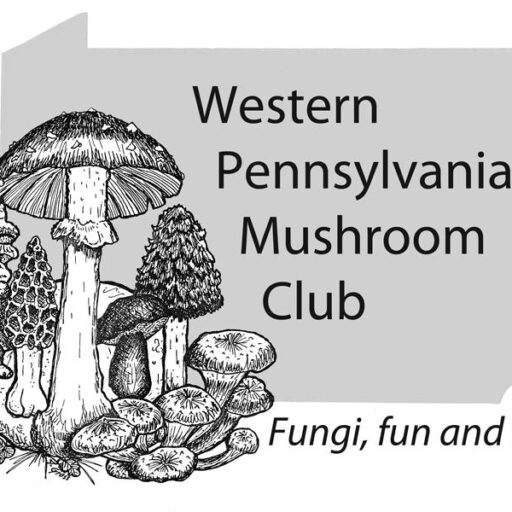
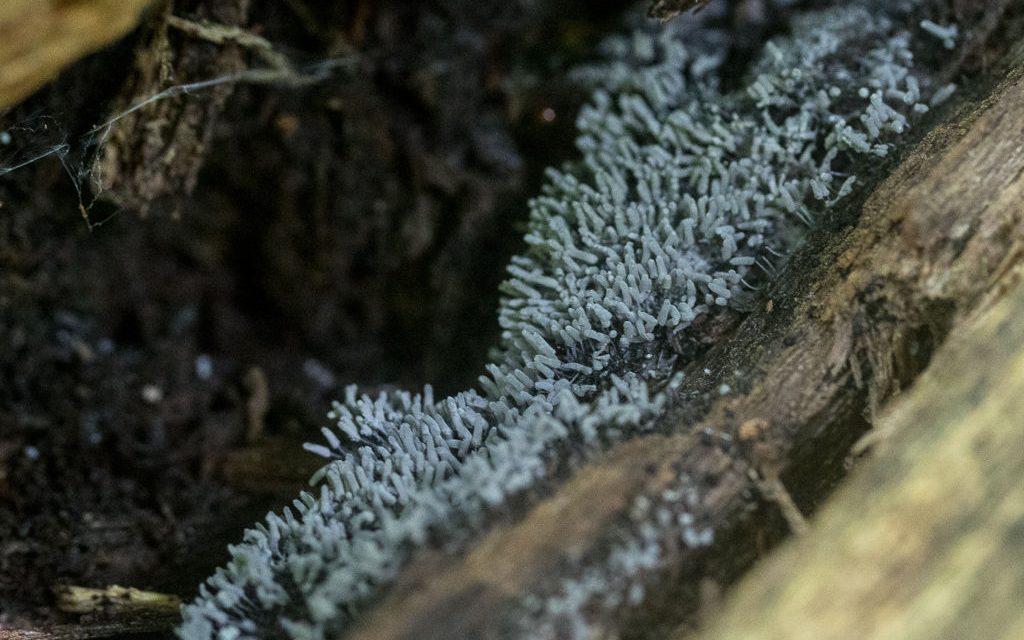




















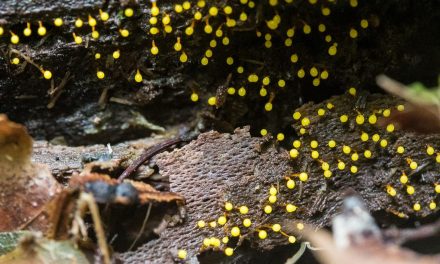
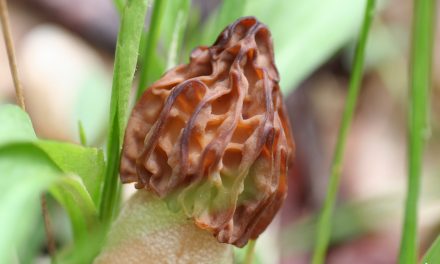
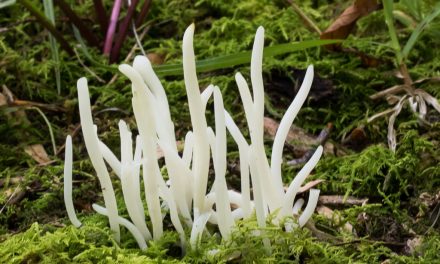
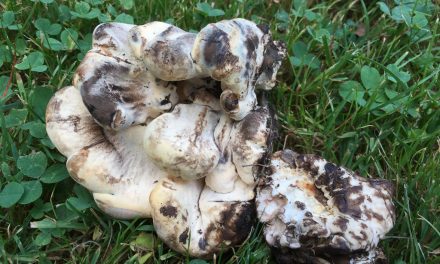

Recent Comments